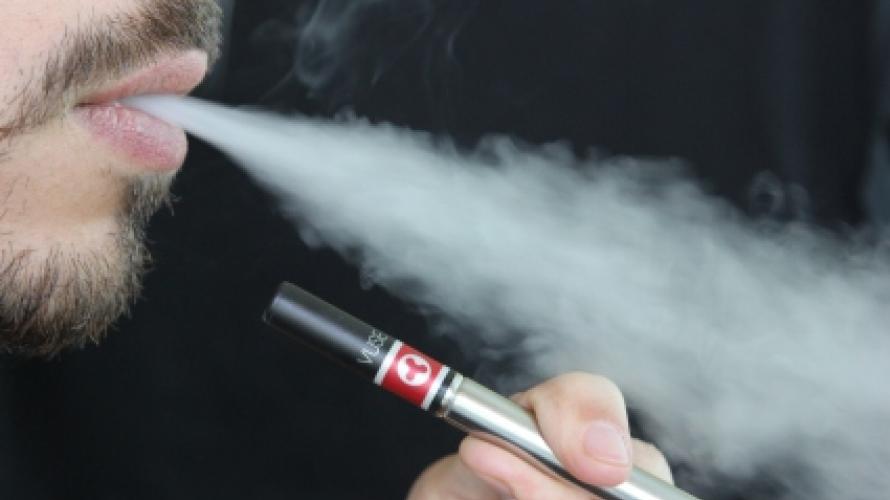
E-cigarette use is on the rise among current, former, and never smokers. An internal battery is just one of many parts that make e-cigarettes different from conventional tobacco products. But the batteries are dangerous. They are overheating and causing fires or explosions. This is known as “thermal runaway.”
Explosions from e-cigarettes are somewhat rare. From 2009 to 2014, media outlets reported only 25 such incidents in the United States. But medical research is now reporting more often on such explosions.
For example, during a 9-month span, doctors at a U.S. medical center treated 15 patients for injuries from e-cigarette explosions. Injuries were caused by flame or chemical burns and blasts. Chemicals from exploded batteries can badly burn the skin. Explosions mainly affected the face, hands, thighs, or groin.
Injuries from flame and chemical burns required extensive wound care. Some burns were so bad that they called for skin grafting. Blast injuries led to tooth loss, traumatic tattooing, and extensive loss of soft tissue. Traumatic tattooing occurs when substances, like gunpowder or asphalt, get buried in several layers of skin because of trauma. Scarring or discolored skin almost never goes away. Any of these injuries can lead to a lifetime of cosmetic issues and functional problems.
With e-cigarette use on the rise, hospitals will likely see more injuries from e-cigarette explosions. Treatment often requires complex care from a lot of medical specialists. Most patients are young, but the age range is expanding—highlighting the need for broad public health efforts.
E-cigarettes have largely gone unregulated. But recently, the Food and Drug Administration extended its regulatory power to cover e-cigarettes, not just conventional tobacco products. The prospects for battery regulation are not clear. Explosions from e-cigarettes no longer appear to be isolated events. Safety surrounding their use must improve, and regulation must get tighter. In the meantime, e-cigarette users and health care providers must be aware of the risks of e-cigarette explosions.
Reference
Original source: Brownson, E. G., Thompson, C. M., Goldsberry, S., Chong, H. J., Friedrich, J. B., Pham, T. N., . . . Gibran, N.S. (2016). Explosion injuries from e-cigarettes [Correspondence]. New England Journal of Medicine, 375, 1400–1402.
U.S. Fire Administration. (2014, October). Electronic cigarette fires and explosions. Washington, DC: Federal Emergency Management Agency. Retrieved from https://www.usfa.fema.gov/downloads/pdf/publications/electronic_cigarettes.pdf.